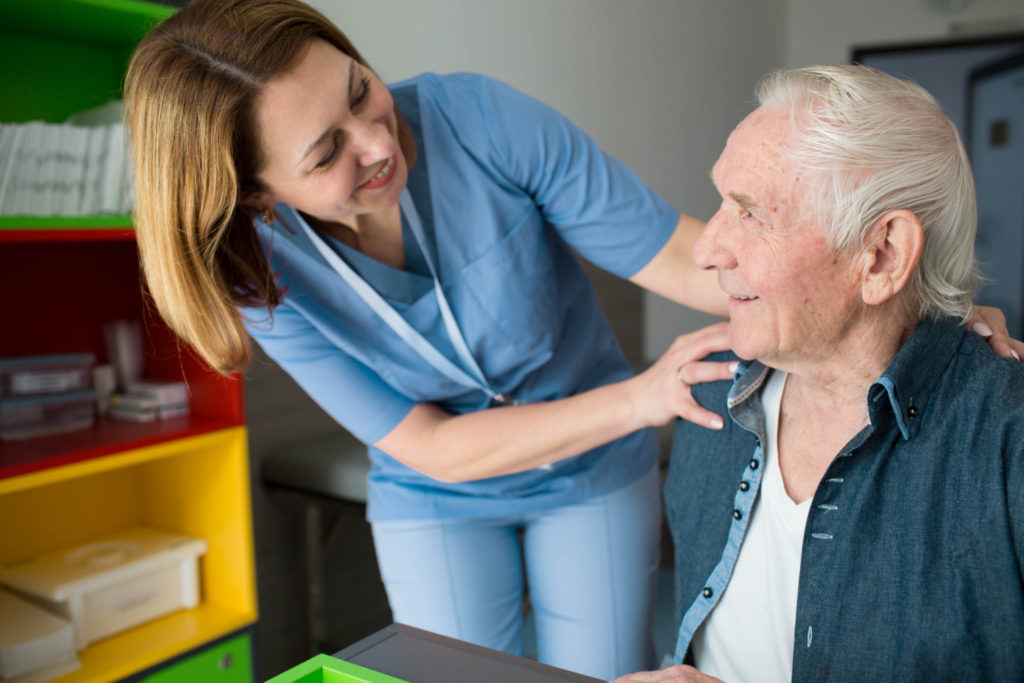The month of May is traditionally Stroke Awareness Month in this country, and that means now is the time of year to increase your awareness of this medical condition, and what you can do to help lessen your chances of experiencing it.
If you’ve already had a stroke, it becomes extremely important to educate yourself about the triggers that cause it, and what you should be doing to reduce your risk of a second stroke. Given the sometimes devastating damage that a stroke can cause to your body, it is well worth your time and effort to learn everything in your power to ward off another stroke. In this article, we’ll discuss some steps you can take after having suffered a stroke, so as to enjoy your life to the fullest, while also being prudent in trying to prevent a recurrence.
Coping emotionally with a stroke
Anyone who has been through a stroke is very likely to experience grief, anxiety, anger, or sadness. These are all very common emotional responses to life after a stroke, and there are also certain biochemical changes that may take place in your brain as well. Sometimes medication or other forms of treatment can help to lessen the effects of this emotional impact, and in severe cases, you may need to see a mental health professional to receive customized treatment for your condition.
Group therapy is often helpful, and a number of stroke victims have found that interacting with a social group helps to mitigate the feelings of isolation that are common in the aftermath of a stroke. Many people will go through a period of grief after a stroke, as they recognize that new limitations have been placed on their physical and mental abilities. It’s important in such cases to avoid self-criticism as much as possible. Try to convert any negative feelings you have into positive ones. Don’t allow yourself to be overcome with negative thinking, since that will tend to deepen any depression you feel.
Many people also undergo distinct behavioral or personality changes following a stroke, and this can be corrected or at least managed through medication. One of the most common emotional reactions to a stroke is depression, with at least 25% of stroke survivors being victimized by depression, and some estimates putting that figure at closer to 80%. It is known that stroke survivors are more than twice as likely to commit suicide as people from the general population. Anyone who has suicidal thoughts following a stroke should call 911 in a crisis, or dial 988 to put you in touch with the Suicide and Crisis Lifeline. Depression can be treated with group support and several medications, which will help you recover and overcome the negative feelings.
Coping physically with a stroke
Physical limitations following a stroke can be extremely challenging for the victim. It’s possible that some of these hindrances will become lessened over time, but sometimes improvement can be very slow, if ever. Some physical limitations can be improved through therapy, while medications can help in other cases. Sometimes adaptive technologies and other tools can help to improve your quality of life and maintain your independence to some degree.
If you experience weakness on one side of the body after a stroke, physical therapy can sometimes help you to become stronger, and occupational therapy can provide you with substitute strategies for normal activities. It’s very common also for stroke survivors to have difficulties with their balance, feeling disoriented or dizzy. These sensations will typically be intermittent, but should eventually stabilize. The best way to combat any problems with your balance is through physical therapy. Your therapist will be able to show you some effective exercises at home that can improve your balance, and fight against any dizziness or disorientation you feel.
Social impact of a stroke
After your initial stroke, you may have incurred some minor physical limitations, difficulties with speaking, or possibly some very significant challenges to your mobility. In addition, many people feel isolated and withdrawn after a stroke, finding it difficult to rejoin the mainstream of society. A great many stroke patients have found that support groups have a lot to offer in the way of social engagement, and can provide emotional support to victims. Many local hospitals or rehabilitation centers have such support groups on hand, and it’s very easy to find any of these groups online as well. People who have limited mobility can acquire a major lifeline through support groups that connect them to other people. You might enjoy going to regular meetings whether they’re in-person or online, or you might want to participate in a message board to chat with people who have survived a stroke like you have. There’s also a great deal of support online through the National Stroke Network.
Practical impacts of a stroke
Lingering weaknesses and challenges to mobility can cause some serious difficulties with the everyday aspects of living. You might need help with cooking, personal hygiene, house cleaning, or navigating around. It might be necessary to engage the support of family members, and caregivers, and you may even require a live-in housekeeper or companion. If you’ve lost the ability to drive a vehicle after suffering a stroke, you may be able to fill in the gap with a bicycle or a motor scooter, and some communities also offer disability buses to stroke victims. Given that about 25% of all strokes occur to people who are not yet retired, you may be in the category of someone who has suffered a stroke and still has a job. If this is the case, you’ll be able to apply for temporary disability until you’re physically able to return to work. If you have sustained some impairments as a result of your stroke, but can still perform some duties, you should be able to negotiate reduced responsibilities with your employer.

